Prior art
Commercial motorised sliders
There are many similar looking Chinese sliders on Amazon, at about £320-£360, for example: GVM Camera Slider Track:
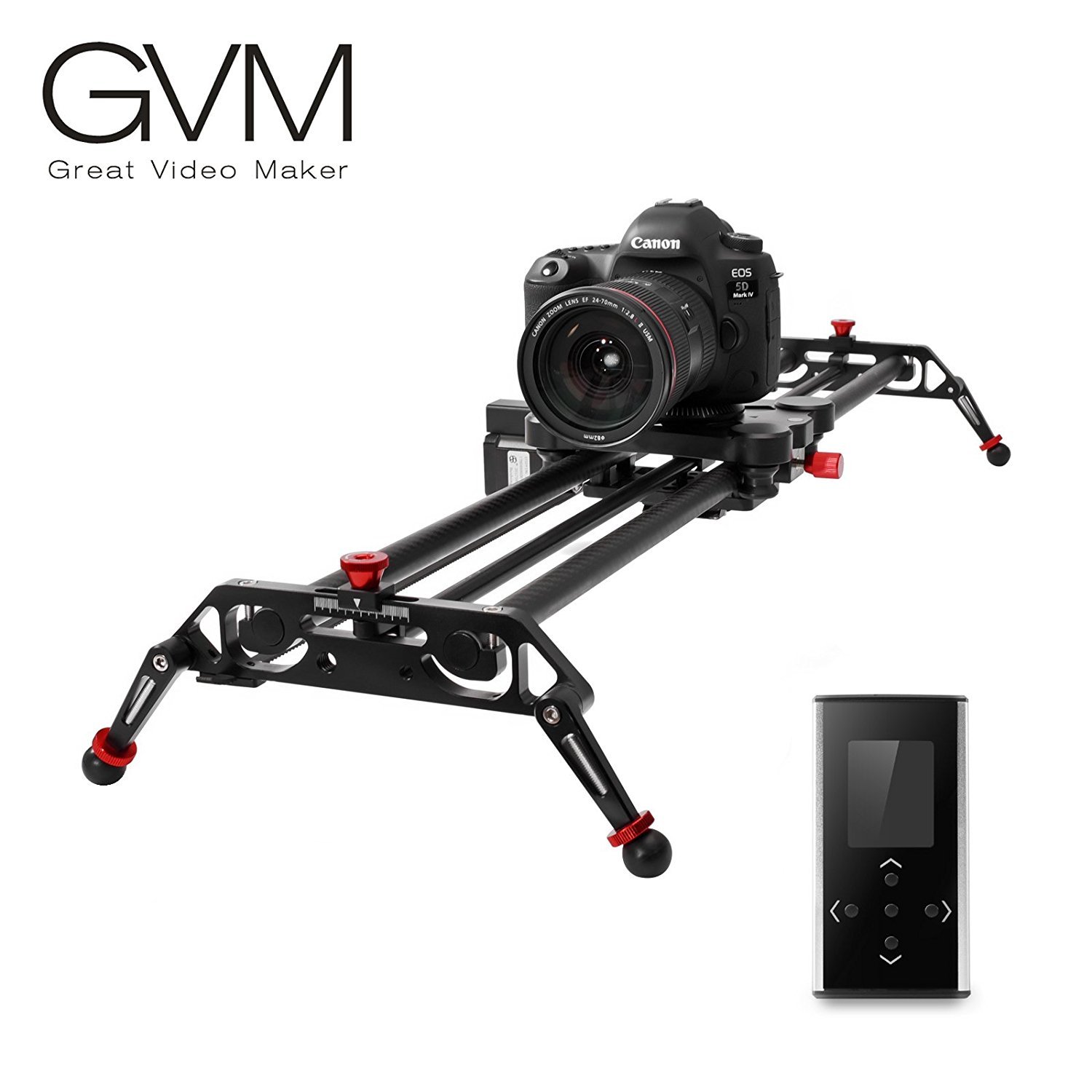
These mount the motor on the gantry and use carbon fibre poles as the slide rails. They have a nice mechanism to allow rotation of the gantry across the traverse without using a second motor. They mount the motor to the gantry and move it along a timing belt stretched along the rails.
Ooznest sell the Ratrig V-Slider DIY Camera Slider kit for about £260 with a motor:
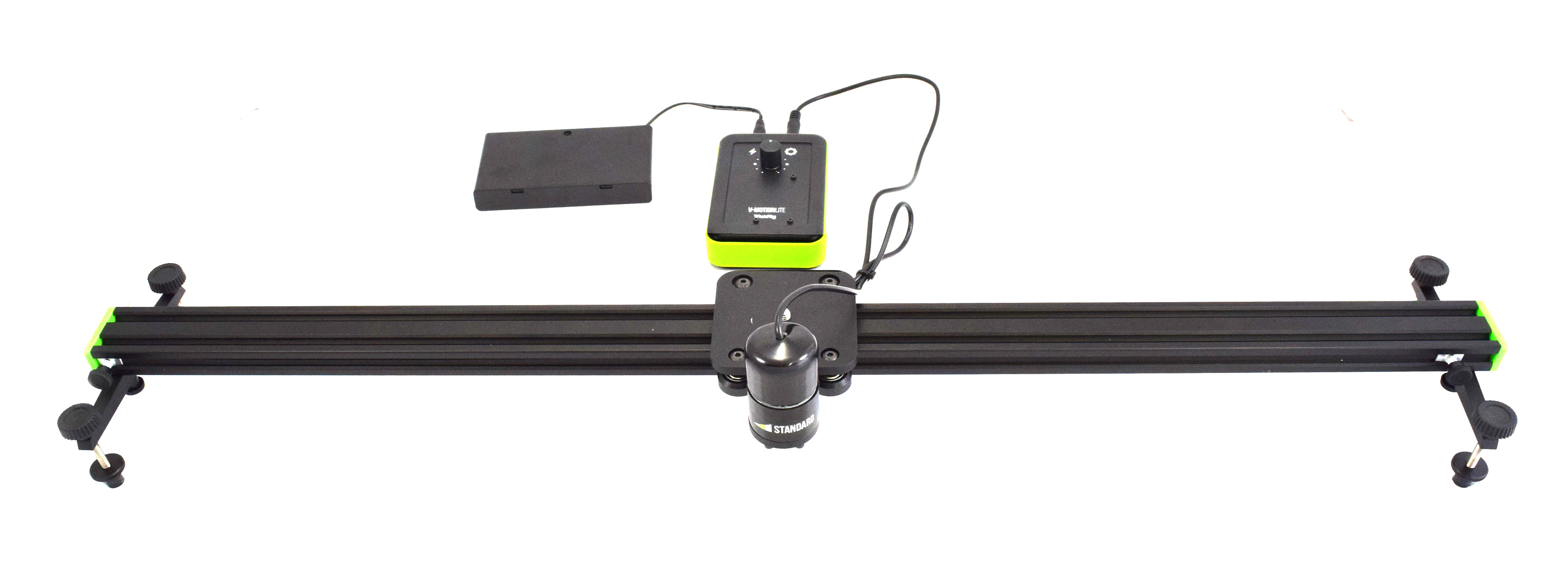
V-Slot sell a simple linear actuator based on one 2040 aluminium extrusion rail, and a Nema 17 motor for €120:
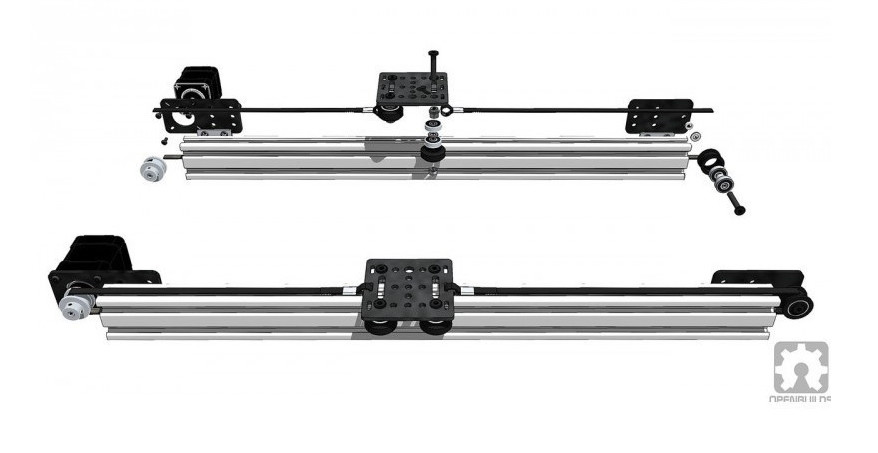
This mounts the motor at one end of the rail and uses a loop of timing belt to move the gantry.
DIY sliders
There are several Fab Academy slider projects, e.g.:
- Barcelona 2018: Week 15: Machine design - Group4 Machine Design @FabAcademy / Week 15 - Machine Design - Part II (Using a DRV8825 stepper motor driver
- Aachen 2018: Fab Lab Aachen @ Fab Academy
And some on Instructables, such as: Make an Arduino Controlled Motorized Camera Slider!: 13 Steps (with Pictures). This one adapts a non-motorised rail, using a Nema 17 stepper and ‘A4988 Compatible’ driver board.
There’s also this one that uses three Nema 17 steppers (and three A4988 driver boards) for sliding, panning and tilting. It’s based on a frame of copper plumbing pipes and MDF brackets.
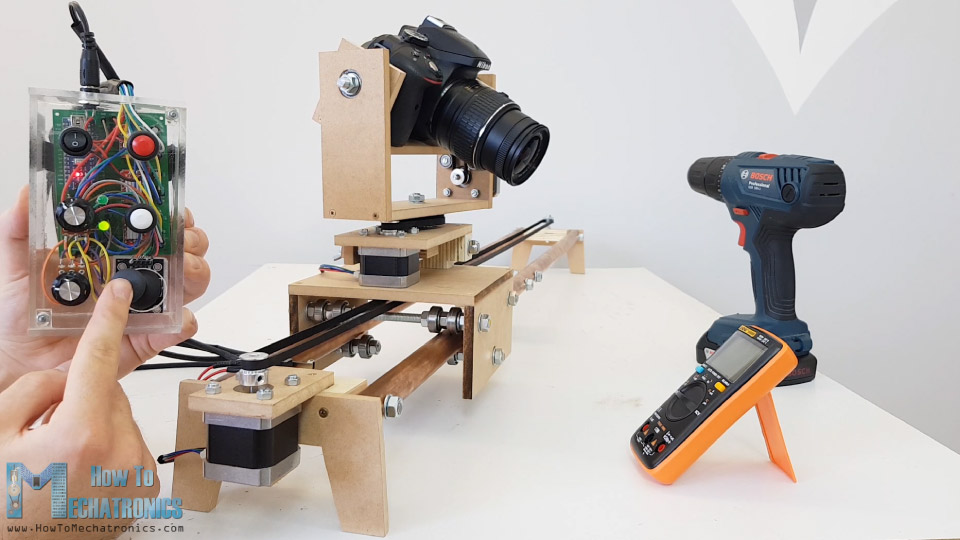
Adafruit have a lovely slider with nice 3D printed parts, and great assembly documentation. It mounts the motor at one end and attaches a loop of GT2 timing belt to the gantry. They use the Adafruit Motor/Stepper/Servo Shield for Arduino v2 Kit driver board
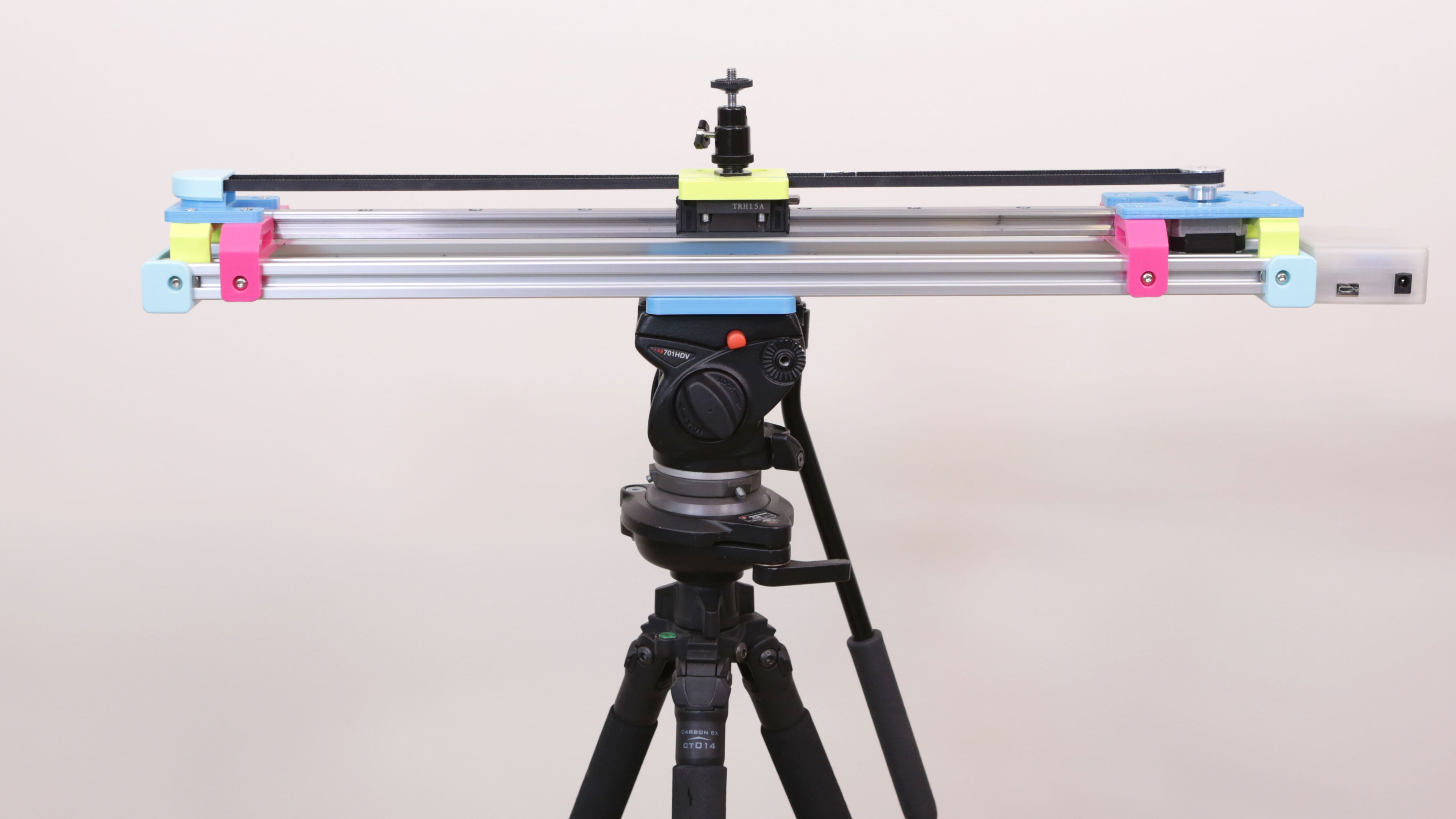
But it uses this definitely-not-standardised sliding ball-bearing rail and platform which will set you back $55 . That’s in addition to the two lengths of 2020 extrusion that are still needed for the main frame. Possibly money well-spent, but I’d rather stick to standard components.
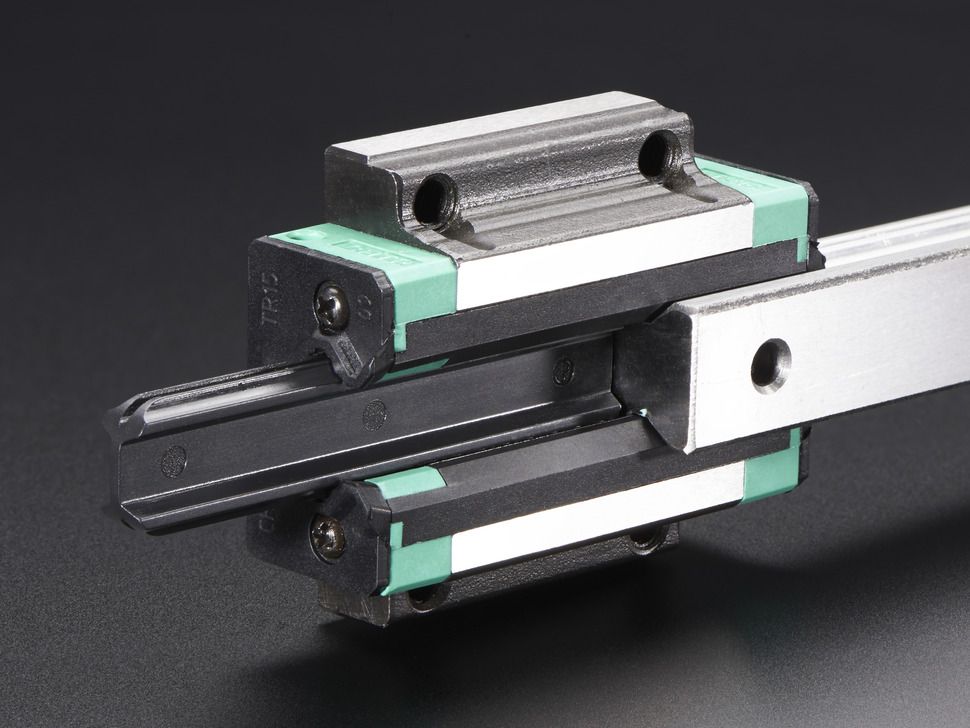
This is a pretty good tutorial on the electronics side (and includes functionality to trigger the shutter release from the Arduino as well as handling the slider itself): Motion Control With Arduino: Motorising a Camera Slider
Next: Problems to be Solved →